Top 5 Week 2# Animals with the Longest Lifespan
| Please make sure you carefully observe the classification of the animals on the left side before proceeding to read the note on them. You might also need to use a desktop view to fully optimize this page. Thank you |
Seriously, I don't know what got me into searching for the animals with the longest lifespans, I just found myself searching already. So, let's go!
Animal 1: The Immortal Jellyfish
The Immortal Jellyfish
Kingdom Animalia Phylum Cnidaria Class Hydrozoa Order Anthoathecata Family Oceaniidae Genus Turritopsis Species T. dohrnii
Just as the name suggests, the immortal jellyfish lives indefinitely but of course, you know immortality is subjective to intentional killing. So, if you want to kill it, you can. The scientific name of this fish is Turritopsis dohrnii and as of today, this jellyfish remains the only creature that is immortal - the only creature that defies death. Well, if you must ask, is it possible for them to just live continuously and not die? No, that's not what happens!
[1] Of course, just like other creatures too, they age, they become weak, they suffer tissue damages, physical damages, but they are just able to do what other creatures can't do when they find themselves in these situations — transdifferentiation. Transdifferentiation is just what they do to go back from adult stage to baby stage and this replaces all their existing cells with new ones. It is mostly done when they have a crisis like tissue or physical damage, weakness, aging problems, and death is about setting in. The process can always be repeated over and over again — the reason for their immortality.
[2] "The T. dohrnii is usually found in the Meditteranean Sea and in the waters of Japan." They exhibit a free-swimming larvae stage as planula which later forms a colony of polyps. The polyps are usually attached to the floor of the sea. One thing is that the polyps are all from a single planula which makes them identical clones of themselves.
[3] The polyps form extensively in the colony, later the jellyfish breaks off from the polyps which makes the jellyfish go back to their former free-living state. In this new state, they grow, become sexually matured and they even prey on other types of jellyfish as a matter of fact. So if eventually, the T. dohrnii becomes environmentally stressed, sick or even old, it just needs to return to the polyp state and form a new colony. Well, it doesn't just happen like that, it's done in a process called transdifferentiation which changes the differentiated state of the cells and transforms them into new types of cells.
Animal 2: Quahog
The Quahog
Kingdom Animalia Phylum Mollusca Class Bivalvia Order Veneroida Family Veneridae Genus Mercenaria Species M. mercenaria
[4] The Quahogs are also known as the hard clams, round clams, hard-shelled clams, or quahaug and scientifically as Mercenaria mercenaria. The Quahogs have a lifespan of 200+ years. This was discovered by two ocean scientists, Paul Butler and James Scourse in 2006. After the data collection cruise they did in 2006, they said the quahog they got had lived up to 400 years and as a matter of fact, it was alive in the times of Williams Shakespeare.
[5] The hard clam is edible so just ignore its looks and stop thinking it's too hard. It's an edible mollusc mostly found in America, in the Central and Northern parts, I can't just talk about the certainty of finding it in other parts of the country. The quahogs(M. mercenaria) should not be confused with the ocean quahog(Arctica islandica) because they look alike although not exactly. The ocean quahog has a well-rounded shape, they are bigger and darker when compared the M. mercenaria. A small image to differentiate them beneath.
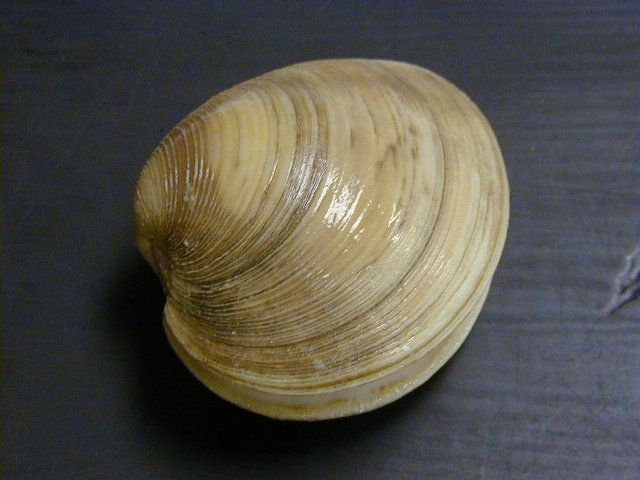 | 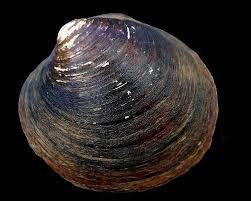 |
Animal 3: The Giant Tortoise
The Giant Tortoise
Kingdom Animalia Phylum Chordata Class Reptilia Order Testudines Family Testudinidae Genus Chelonoidis Species C. nigra complex
[7] The giant tortoise is a reptile that was discovered a long time ago, 1535 precisely. It was found on the Galápagos island and so it was called the galápagos tortoise. Scientifically they are known as Chelonoidis nigra. They are and have been the largest species of tortoise. The giant tortoise may weigh up to 417kg, even be as long as 1.3 metres, and they can comfortably live past 100years.
[8] According to National Geographic wild, the oldest giant tortoise lived up to 152 years, and the average ones live above 100 years. It's a pity we have not more than 10 of them anymore as the merchants, pirates, and whalers feasted on them during the 17th, 18th, and 19th century reducing them from 100,000 to 15 species at the time of Darwin's arrival in 1835.
[9] They are capable of staying up to a year without food or drinks due to the type of their body system — their rate of metabolism is really slow and they have some really large internal water storage capacity.
These animals are really great. One of the oldest of them was sick and about to die at a point but recovered when scientists subjected it to healthy foods over a period of time. The giant tortoise has a lot of genera and species that might be confusing, so if you really want to free from the confusion?
Animal 4: The Killer Whale
That's how an average human looks beside a killer whale
Kingdom Animalia Phylum Chordata Class Mammalia Order Artiodactyla Family Delphinidae Genus Orcinus Species O. orca
[10] The Killer whale is scientifically called Orcinus orca. Surprisingly, it just has the name whale, it's not one. The killer whale is a dolphin, the largest there is, actually. The males have a dorsal fin that grows up to 6 feets.
[11] The killer whales have a lifespan of about 100years filled with elegance and a lot of enjoyments. [12] The killer whales have teeth and diets that vary. Some of them eat just fish, while others eat marine mammals. They are very big predators, as a matter of fact, they are apex predators owing to the fact that, they can't be preyed on. Purposely, I chose the image on the left so know about big the killer whale is. An average killer whale is about 27 feets tall, the tallest man in the world is 8" inches tall, compared these two.... That's a huge difference (you can do the maths).
Usually, killer whales have a black back, white chest, white patches on the side and around the eye. They are very distinctive in nature, the adults especially. You can confuse them with any other sea creature.
[13] The killer whales have a specialty in body organs like sharp eyesight independent on whether they are in or outside the water, a very good sense of touch, and excellent ears — all these for a better predation experience.
I bet you don't know the brain of the Killer whale is 5 times that of a human.
Animal 5: The Sea Anemone
Some nicely colored sea anemones
Kingdom Animalia Phylum Cnidaria Class Anthozoa Order Actiniaria Family Over 46 of them
[14] Sea anemone is not the name of an individual species as most people think, it's the name of a group of marine animals of the order Actiniaria. One wonderful thing about the sea anemones is that there is a hardly a color they don't have. Some are blue, red, green, purple, pink, white, even black.. which other color, just name any...
Sea anemones were not initially called anemones but were named after some beautiful terrestrial flowers (anemones) because of their colours and beauty that was reminiscent of the flowers.
To give the scientific name of the sea anemone would be impossible except I was talking about a single anemone. This is due to the diversities occurring in their family — they should be about 46 families and over 1,000 species found in the world's oceans at various points into the sea.
[15] The lifespan of the sea anemones is around 80 years — that's quite a number of years but it's just not really fascinating as a lot of people get that old, unlike the rest that seem like impossibilities.
The sea anemones reproduce by releasing sperm and eggs into the sea through their mouth. The eggs are then fertilized by the sperm. Sea anemones also reproduce asexually by cell division — they either break in half or smaller pieces.
The sea anemones are so broad — some of them have different sexes (male and female), some switch sexes as they grow, and the others are hermaphrodites.
[16] The sea anemones have an incomplete gut, a stomach and a single opening that acts as mouth and anus for them. You sure can't get tired of knowing more about them.
Thank you for coming around!!
That little boy, @pearlumie.

Proud Member of @steemstem
Join us on discord and rub minds with other science geeks.
Proud Member of @genesis-project
You want to join genesis-project, contact @ehiboss, @samminator, @ememovic, or @camzy, and please ignore the scammers, you don't have to pay to join @genesis-project.
Proud Member of @air-clinic
Join air-clinic's discord server. Medical practitioners needed. Anybody from any field is free to join, we do daily lectures and consultation services are available.
Contact @nairadaddy for more info.
Image Sources
References
[9] The slow metabolism of the giant tortoise
[10] Orcinus orca [11] The Lifespan of the killer whale [12] The killer whales are apex predators [13] The specialty of the killer whale [14] Sea anemones are a group of animals
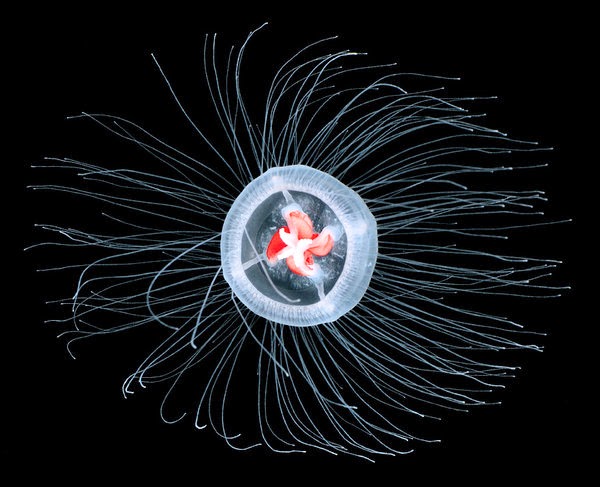
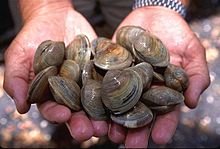
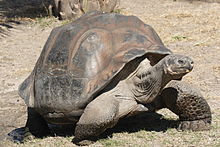

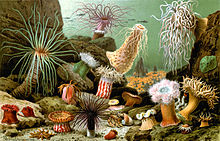
Being A SteemStem Member
Thank you steemstem
I read about the Jellyfish sometimeback and I was really impressed. Your list makes me begin to think that the key to virtual immortality might actually be linked to the sea. Nice one bruv.
Thank you bro..
Great research , i have never to about 20% of those animals you talked about to have long life span. This has also proven me right in a little argument i had with a friend based on this topic
Great writeup
Could u believe I don't some of these animals has lived a long life n they are still in existence
How come?
Maybe you should just research more
Pearlumie you’re amazing. You and @samminator are blessings to science❤️
Great research...each and everyone of them is lovely@dr perlumie
Lol.. Michael, when did you reach here??
They are capable of staying up to a year without food or drinks due to the type of their body system
I did not know tortoise is like that.
Great right up. Keep it up
The giant tortoise actually, not just any one..
Great bro. I have never seen one physically. I believe i will have to see this amazing creature of God.
informative post bro
i love learning about nature and what surrounds us
Thank you
Great article!! Very informative!!!
The giant tortoise will soon be extinct as you said we have just ten left...